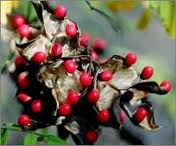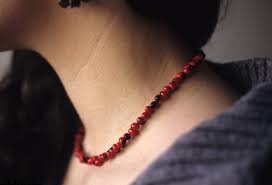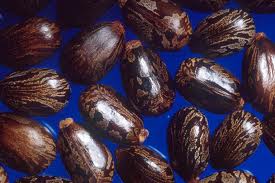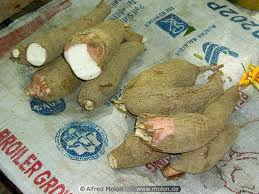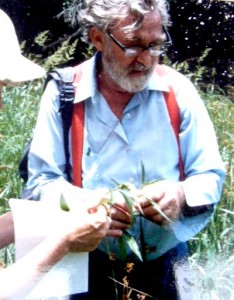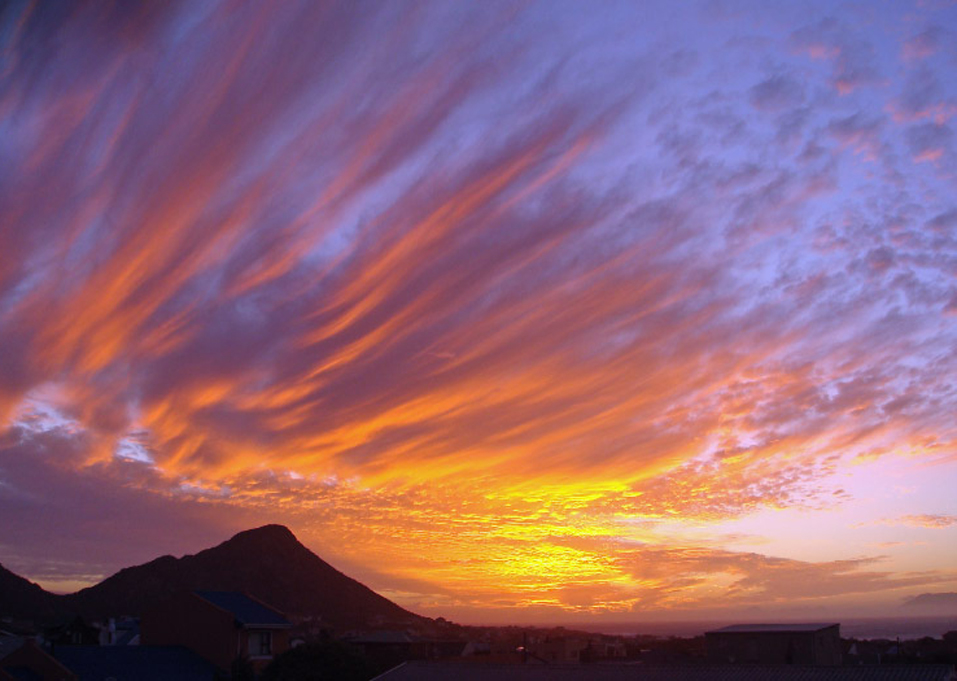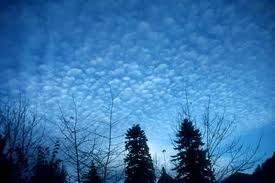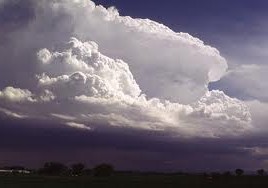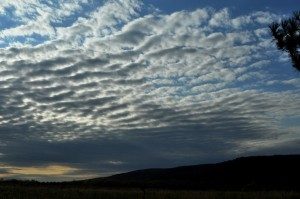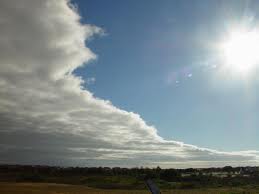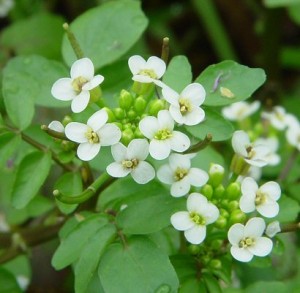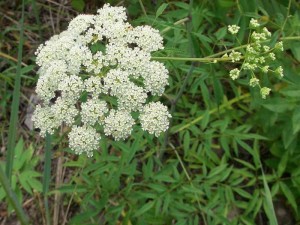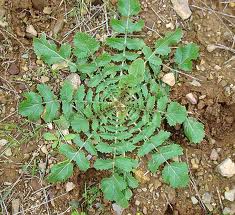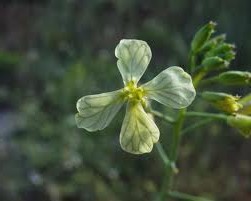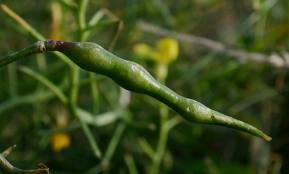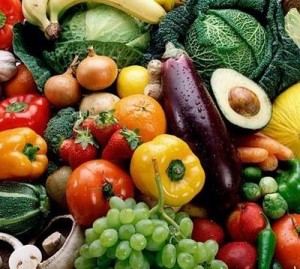 The quick answer by most would be yes, the presumption being man ate raw vegetables for a long time and is better suited to them, and them to him. But, whether you are an evolutionist or a creationist the answer might be no.
The quick answer by most would be yes, the presumption being man ate raw vegetables for a long time and is better suited to them, and them to him. But, whether you are an evolutionist or a creationist the answer might be no.
I have a lot of vegetarians and raw food advocates among my subscribers and in no way is this meant to criticize the practice. A thought simply crossed my mind the other day — or was it a thought crossed my simple mind the other day? …Any way, it was about the topic and it raised a question I thought worth exploring. That led to two interesting possibilities. Setting aside the meat/no meat debate for the moment, let’s focus on vegetables.
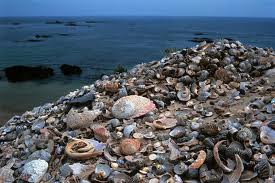 We know from mesolithic fire pits, middens, bathrooms, and chemical tests what ancient man ate in general some 8,000 years ago. Or if you prefer, what he was eating after he was created by God 8,000 years ago. (That should take care of most time frames and religious sensibilities.) We also know from grave remains ancient man’s general state of health (better than ours.)
We know from mesolithic fire pits, middens, bathrooms, and chemical tests what ancient man ate in general some 8,000 years ago. Or if you prefer, what he was eating after he was created by God 8,000 years ago. (That should take care of most time frames and religious sensibilities.) We also know from grave remains ancient man’s general state of health (better than ours.)
What we know is he used fire and he ate the food with the most energy return for energy expended. Calories in, calories out. If he didn’t get more energy from the food he ate he had to call upon fat stores, and if no stores, he moved a little closer towards starvation. We also know foods he could have eaten raw, sea kale for example. It is more nutritious cooked because cooking breaks down the plant and makes the nutritional elements more accessible. From what evidence we have, he preferred cooked food over raw if he could cook it.
 Man has been using fire for at least a quarter of a million years to close to million years, cooking with it for 200,000 years. (Or if you are a creationist, he’s been using fire since he was created 8,000 years ago.) Either way cooked food is part of the warp and weave of man, either genetically over hundreds of thousands of years, or by creation’s intent. I am not sure there is a scientific or a creationist basis for eating raw vegetables, or that they are better. Consider:
Man has been using fire for at least a quarter of a million years to close to million years, cooking with it for 200,000 years. (Or if you are a creationist, he’s been using fire since he was created 8,000 years ago.) Either way cooked food is part of the warp and weave of man, either genetically over hundreds of thousands of years, or by creation’s intent. I am not sure there is a scientific or a creationist basis for eating raw vegetables, or that they are better. Consider:
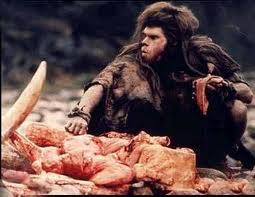 If you are a creationist raw vegan the argument is rather shaky: Man had fire from get go. He ate most of his food cooked then and now. For the creationist there isn’t much evidence man was a raw vegetable consumer. For the evolutionist it is quite easy to see how those who ate more cooked food prevailed over hundreds of thousands of years and the raw food humans didn’t. During that time humans drifted physically towards being more suited to eating cooked food. Perhaps that is why we no longer have an active appendix: We’ve cooked food for so long it has no active second-stomach function. Looking at it either way I am not sure there is an “ancient” justification to eating vegetables raw. Which leads me to the raw vegetables, my original thought.
If you are a creationist raw vegan the argument is rather shaky: Man had fire from get go. He ate most of his food cooked then and now. For the creationist there isn’t much evidence man was a raw vegetable consumer. For the evolutionist it is quite easy to see how those who ate more cooked food prevailed over hundreds of thousands of years and the raw food humans didn’t. During that time humans drifted physically towards being more suited to eating cooked food. Perhaps that is why we no longer have an active appendix: We’ve cooked food for so long it has no active second-stomach function. Looking at it either way I am not sure there is an “ancient” justification to eating vegetables raw. Which leads me to the raw vegetables, my original thought.
I receive a lot of emails from raw food advocate who want to expand their choices. Unfortunately I have some but not a lot to offer. There are a handful of wild vegetables one can eat uncooked but most of the ones we collect get cooked, particularly roots. I also noticed that nearly all raw vegetarians, or raw food advocates even if they are not vegetarians, eat almost exclusively modern foods raw. Carrots, bell peppers, cauliflower, scallions, cukes et cetera, all modern vegetables compared to what vegetables were eaten 8,000 years ago. Not only that but the usual vegetables are modified and grown under modern chemical conditions, a debatable state as well. So I ended up with:
1) An unsupported presumption that man evolved (or was designed) to eat raw vegetables, leading to 2) folks eating modern vegetable raw presuming they are good for you. It may be that man 1a) used to eat raw but evolved to be better suited to cooked food, or 1b) was designed to eat cooked foods, and 2) that modern vegetables may not be that good for you. Indeed, most of the modern vegetables are the least-offensive descendants of ancient vegetables and as such might be inherently far less nutritious. I am sure the root of a Queen Ann’s lace has far less sugar than a modern carrot, its cultivated descendant.
 Behind the raw food movement is the good idea we should not eat “processed foods.” Processed foods tend to be found in the middle of the grocery store. Real food — not processed — if found around the edges of the grocery store. I am a strong advocate of eating like our great grandparents who ate real food compared to people today. Today most folks eat mostly processed foods. I know several young couples who never cook. But more to the point: Are raw vegans eating like their great grandparents, or their ancient ancestors? I don’t think so. It might indeed be healthier to eat raw modern vegetables but I don’t think the justification will be found in the past. And while modern vegetables are not “processed” in the conventional sense, a modern hybrid bell pepper is as much a manufactured food as a box of cereal; wild apples are sour, not sweet like the domestic ones, ancient corn not sweet et cetera.
Behind the raw food movement is the good idea we should not eat “processed foods.” Processed foods tend to be found in the middle of the grocery store. Real food — not processed — if found around the edges of the grocery store. I am a strong advocate of eating like our great grandparents who ate real food compared to people today. Today most folks eat mostly processed foods. I know several young couples who never cook. But more to the point: Are raw vegans eating like their great grandparents, or their ancient ancestors? I don’t think so. It might indeed be healthier to eat raw modern vegetables but I don’t think the justification will be found in the past. And while modern vegetables are not “processed” in the conventional sense, a modern hybrid bell pepper is as much a manufactured food as a box of cereal; wild apples are sour, not sweet like the domestic ones, ancient corn not sweet et cetera.
So where does this put this forager? Looking for wild food that has less chemical contamination than the agricultural product, and more nutrition. I am sure the sow thistles I eat off my lawn are wholesome, but I most certainly would not eat any off my neighbor’s lawn, a patch of decapitated grass pretending to be a putting green. I’ll fight the ants for a persimmon or two if they’re not down hill from the interstate. “Wild” does not automatically mean “wholesome.” You need to exercise some judgment in our polluted world. Yet, despite the ravages of man, wild food is usually far more nutrition than their cultivated counterparts.
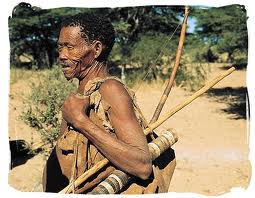 As for foraging, it puts my diet closer to that of the hunter gathers of some 10,000 years ago, a diet that we know was successful because we are here. It is low in carbs, includes a variety of meats (lean and fatty) fish, seafood, wild fruit, roots, nuts and greens in season, grown with the help of Mother Nature not the chemist. And I tend to avoid white-colored food; rice, potatoes, pasta, white bread, just as I avoid white berries. It’s a mesolithic diet, like my 300th great grandparents ate. They’re not alive now, so I know the diet is not prefect. But, I think it’s better than what nutritionists recommend now.
As for foraging, it puts my diet closer to that of the hunter gathers of some 10,000 years ago, a diet that we know was successful because we are here. It is low in carbs, includes a variety of meats (lean and fatty) fish, seafood, wild fruit, roots, nuts and greens in season, grown with the help of Mother Nature not the chemist. And I tend to avoid white-colored food; rice, potatoes, pasta, white bread, just as I avoid white berries. It’s a mesolithic diet, like my 300th great grandparents ate. They’re not alive now, so I know the diet is not prefect. But, I think it’s better than what nutritionists recommend now.
So, are raw food advocates really eating better? It’s a point to ponder.

